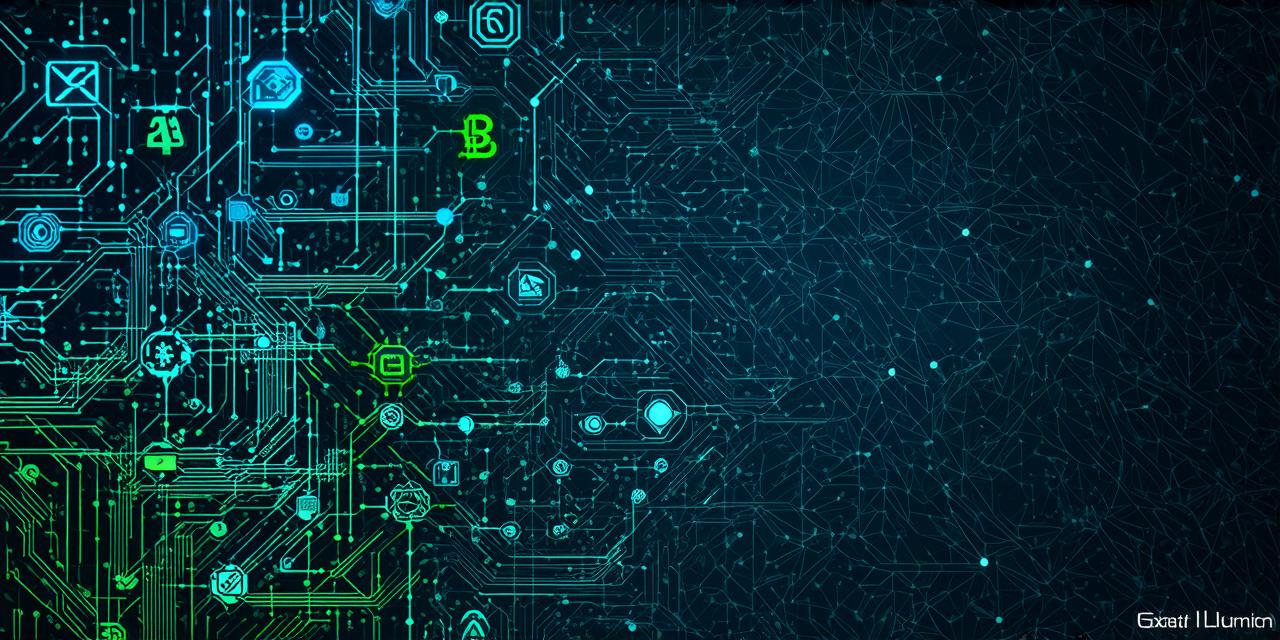A blockchain is a decentralized, distributed database that records transactions in a way that makes it virtually impossible to alter or delete any information once it has been added to the chain.

How Does Blockchain Technology Work?
The process of adding a new block to the blockchain involves several steps. First, transactions are grouped together into a batch, which is verified by network nodes (computers on the network). Once the transactions have been verified, they are added to a new block along with a reference to the previous block in the chain. The new block is then cryptographically linked to the previous block, making it virtually impossible to alter or delete any information once it has been added to the chain. Finally, the new block is broadcast to the network nodes, which verify it and add it to their own copies of the blockchain.
Benefits of Blockchain Technology
Blockchain technology offers several benefits that make it an attractive option for many industries. Some of the most notable benefits include:
- Decentralization: Unlike traditional databases, which rely on intermediaries to manage data, blockchains are decentralized, meaning that there is no single point of failure. This makes them highly resilient and less vulnerable to attacks.
- Security: Blockchain technology uses cryptography to secure data and prevent unauthorized access. Each block in the chain contains a reference to the previous block, making it virtually impossible to alter or delete any information once it has been added to the chain. This ensures that records are tamper-proof and provides a high level of trust.
- Transparency: All transactions on a blockchain are recorded in a public ledger, which is accessible to anyone on the network. This makes it easy to track and verify transactions, providing increased transparency and accountability.
- Immutability: Once data has been added to a blockchain, it cannot be altered or deleted. This ensures that records are tamper-proof and provides a high level of trust.
Real-Life Examples of Blockchain Technology in Action
Blockchain technology is already being used in many real-life applications. Here are a few examples:
- Cryptocurrency: The most well-known example of blockchain technology is cryptocurrency, such as Bitcoin and Ethereum. These digital currencies use blockchain technology to securely store and transfer value without the need for intermediaries.
- Supply chain management: Blockchain technology can be used to track products throughout the supply chain, providing transparency and ensuring that products are authentic. This can help to reduce fraud and increase efficiency in the supply chain.
- Voting systems: Blockchain technology can be used to create secure and transparent voting systems, making it easier for people to vote and ensuring that their votes are counted accurately. This can help to increase trust in the electoral process and reduce the risk of fraud.
- Identity verification: Blockchain technology can be used to create secure and tamper-proof identity verification systems, making it easier for people to prove their identities and reducing the risk of fraud. This can be particularly useful in industries such as finance and healthcare, where identity verification is critical.
